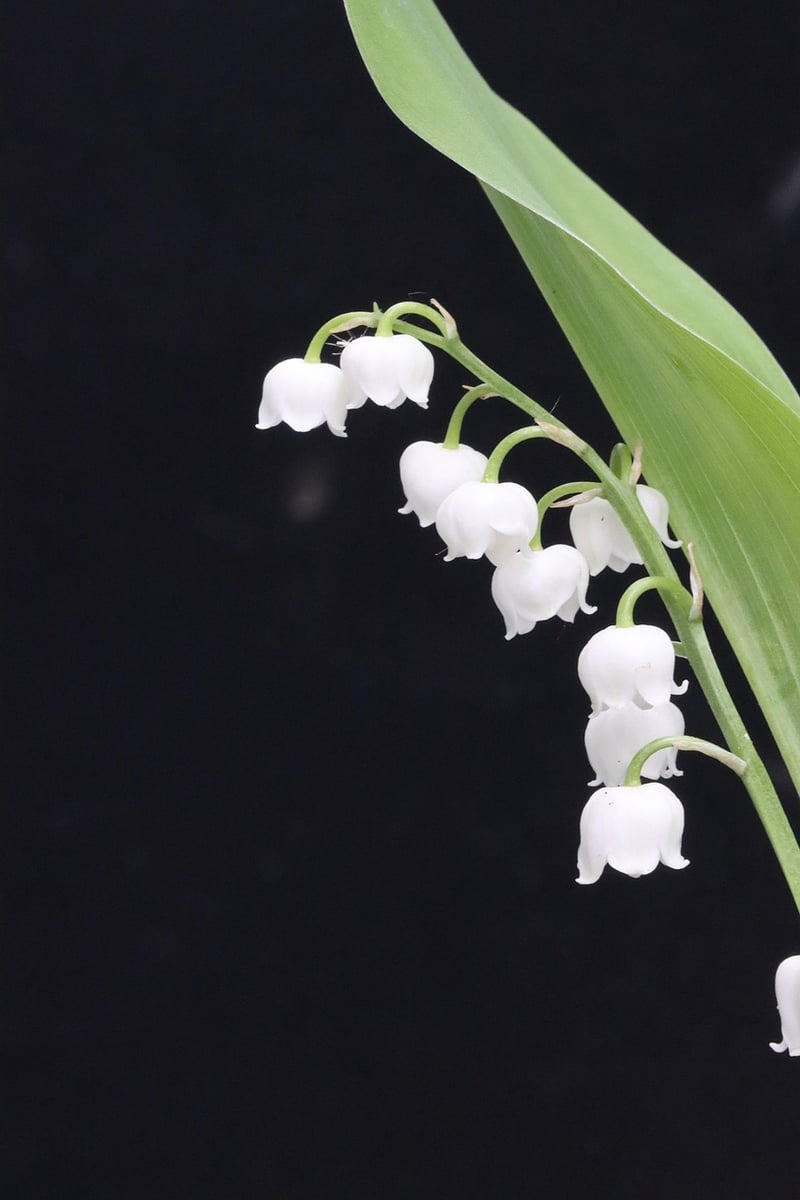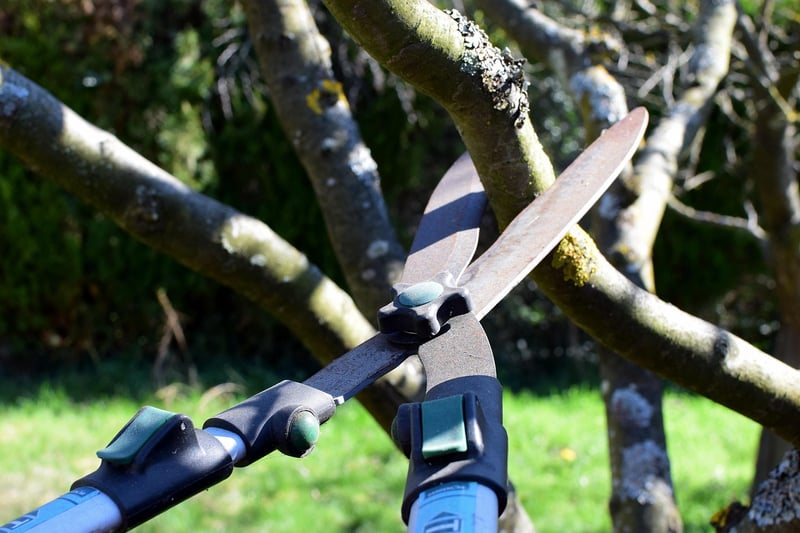Pruning techniques
Guidelines for Maintaining Vertical Gardens + Pruning Techniques
Maintaining Vertical Gardens
Vertical gardens are a fantastic way to bring greenery into small spaces or create a stunning visual display. To keep your vertical garden thriving, follow these essential maintenance guidelines:
1. Watering
Ensure your vertical garden gets sufficient water, especially during hot weather. Consider installing a drip irrigation system to make watering more efficient.
2. Checking for Pests
Regularly inspect your plants for any signs of pests or diseases. Address any issues promptly to prevent them from spreading.
3. Fertilizing
Provide your vertical garden with the necessary nutrients by fertilizing the plants according to their specific needs. Use a balanced fertilizer to promote healthy growth.
4. Pruning
Regularly prune your vertical garden to remove dead or overgrown foliage. This will help improve air circulation and promote new growth.
Pruning Techniques
Proper pruning is essential for the health and appearance of your plants. Here are some techniques to help you prune effectively:
1. Deadheading
Remove dead flowers to encourage the plant to produce new blooms. This technique also prevents the plant from wasting energy on seed production.
2. Thinning
Thin out crowded branches to improve air circulation and light penetration. This will reduce the risk of diseases and promote overall plant health.
3. Heading Back
Heading back involves cutting back a portion of a branch to stimulate new growth. This technique can help shape the plant and encourage branching.
4. Rejuvenation Pruning
For overgrown plants, consider rejuvenation pruning, which involves cutting back the plant significantly to promote fresh, vigorous growth.
By following these maintenance guidelines and pruning techniques, you can ensure your vertical garden remains healthy and vibrant throughout the year.


